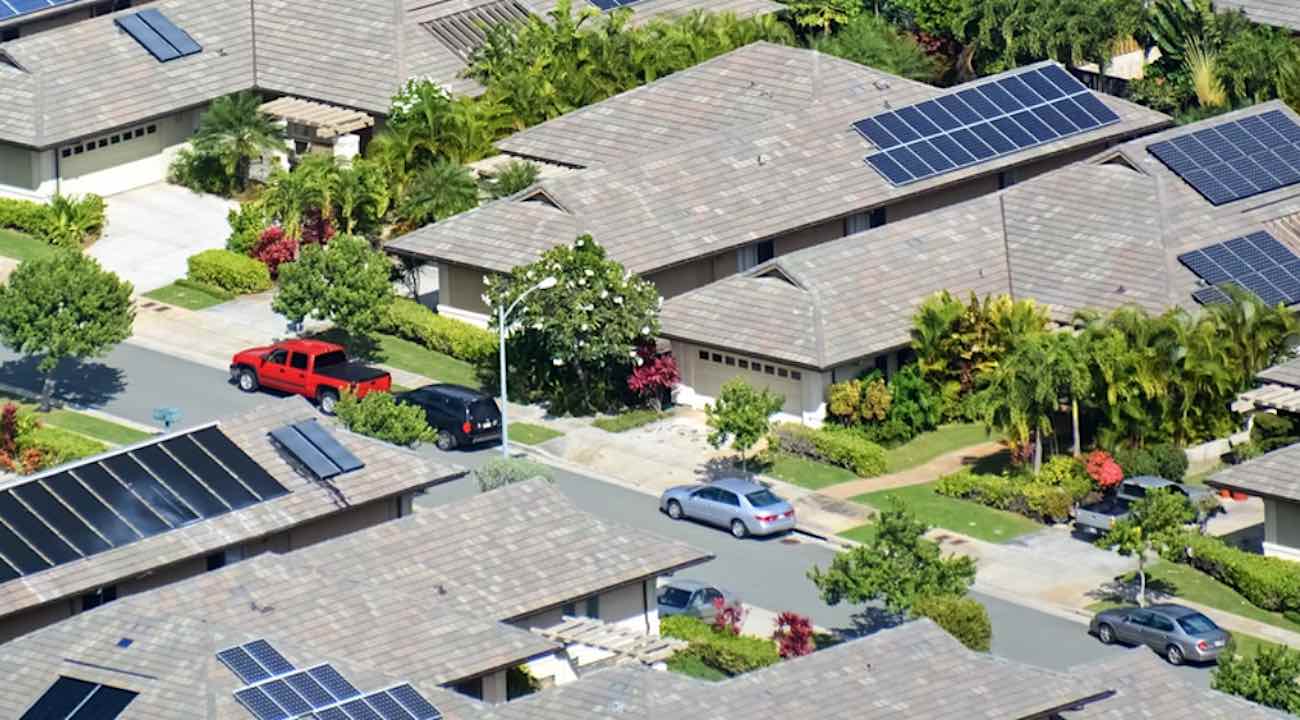How Child Poverty Could Rise Without the Protections of Roe v. Wade–The Hill

The story at a glance
- Women who are denied an abortion are four times more likely to live below the federal poverty level.
- This could lead to more children living in poverty, as mothers may struggle to pay basic expenses.
- Now that the Supreme Court has struck down the constitutional right to abortion, more women may be forced into having unwanted pregnancies.
More women may be forced to carry pregnancies now that the constitutional right to access abortion has been overturned. This could lead to an increase in child poverty across the country, as families may struggle to cover basic living expenses.
The research indicated that women who are denied a wanted abortion end up facing serious consequences to their health and well-being and are four times more likely to live below the federal poverty level. Mothers who were denied abortions said they did not have enough money to pay for basic needs like food, housing and transportation.
Some experts believe more women and children could end up living in poverty after the Supreme Court overturned Roe v. Wade, a nearly 50-year-old decision that affirmed the constitutional right to abortion access.
In an analysis for Columbia University’s Teachers College, Elizabeth Ananat, professor of women and economics, explained: “In the short term, what you’re going to see is an increase in child poverty. Women use access to abortion as one of the family planning and childbirth planning tools so that they come when the parent is best able to support a family.
Thousands of women across the country are already facing limits on how they can plan for their families, with Missouri, Louisiana, South Dakota, Kentucky, Oklahoma, Ohio, L ‘Arkansas, Texas and five other states enacting laws days after the Supreme Court’s ruling that would ban or restrict abortion.
America is changing faster than ever! Add Change America to your Facebook Where Twitter stream to stay up to date with the news.
Data by abortion policy group Guttmacher Institute indicates that a majority of abortion seekers are already considered low-income, with 49% living below the federal poverty line and 26% living between 100 and 199% of the poverty line in 2014.
With limited or no access to abortion in many parts of the country, the number of Americans and children living in poverty could increase – with May child poverty rate at 16%an increase from 14% in April.
Research has shown that being denied an abortion can have serious economic consequences, such as the Rejection studywhich examined the effects of unwanted pregnancies, which found that children born as a result of a refusal of abortion are more likely to live below the federal poverty level.
The National Bureau of Economic Research (NBER) found similar results that women refusing an abortion experienced greater financial distress, leading to higher poverty rates, lower employment, and greater use of public assistance. short and long term.
Children living in poverty face daily struggles, such as hunger, disease, insecurity and instability, but they are also more likely to experience low school performance, obesity and behavioral problems, according to Lauren Caldwell, who directs the American Psychological Association (APA) Children’s Office of Youth and Families.
In an analysis for APACaldwell explained that persistent child poverty can continue throughout a child’s life and is linked to academic failure and reduced college attendance and graduation rates.
Posted on June 28, 2022






